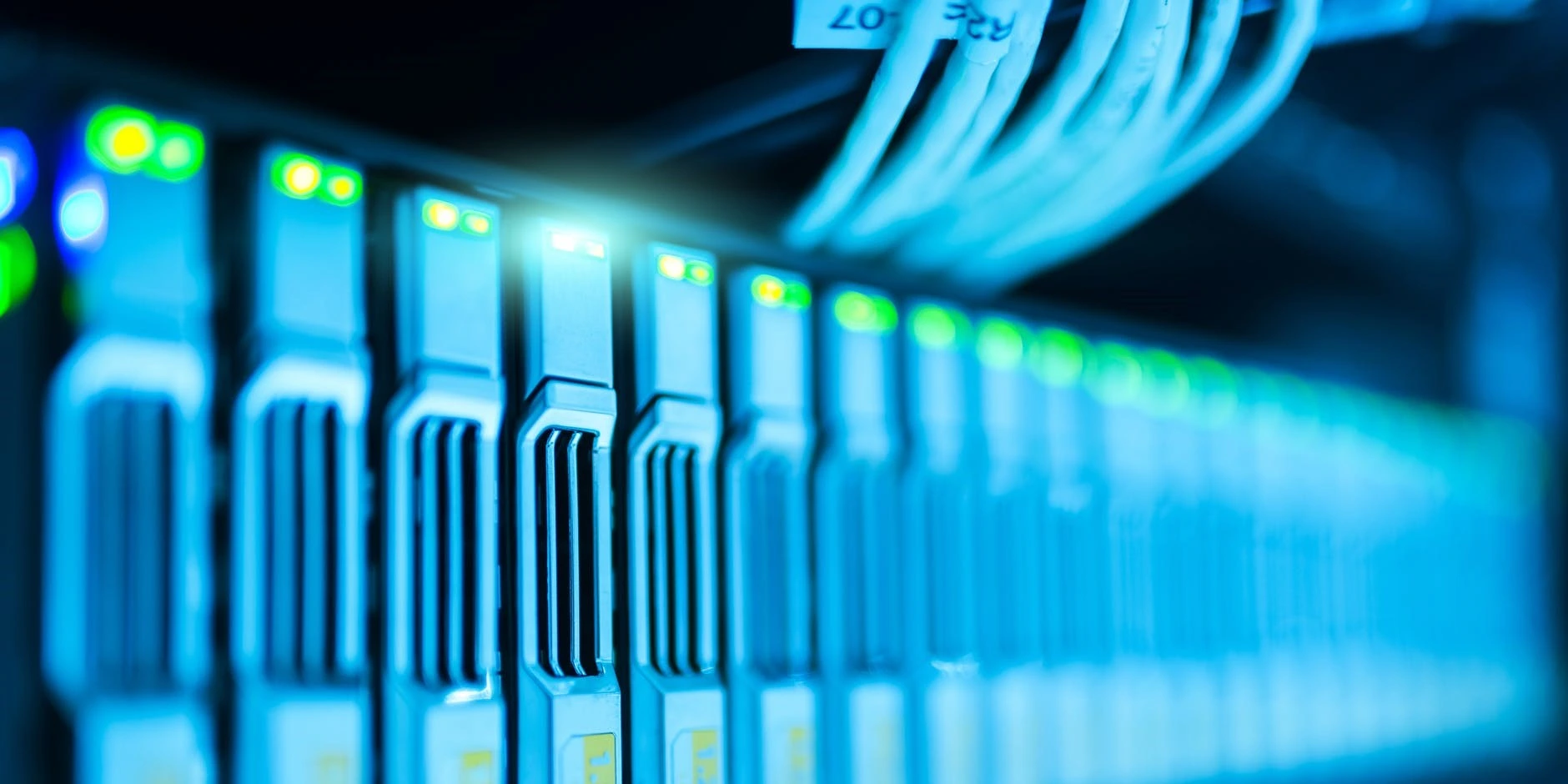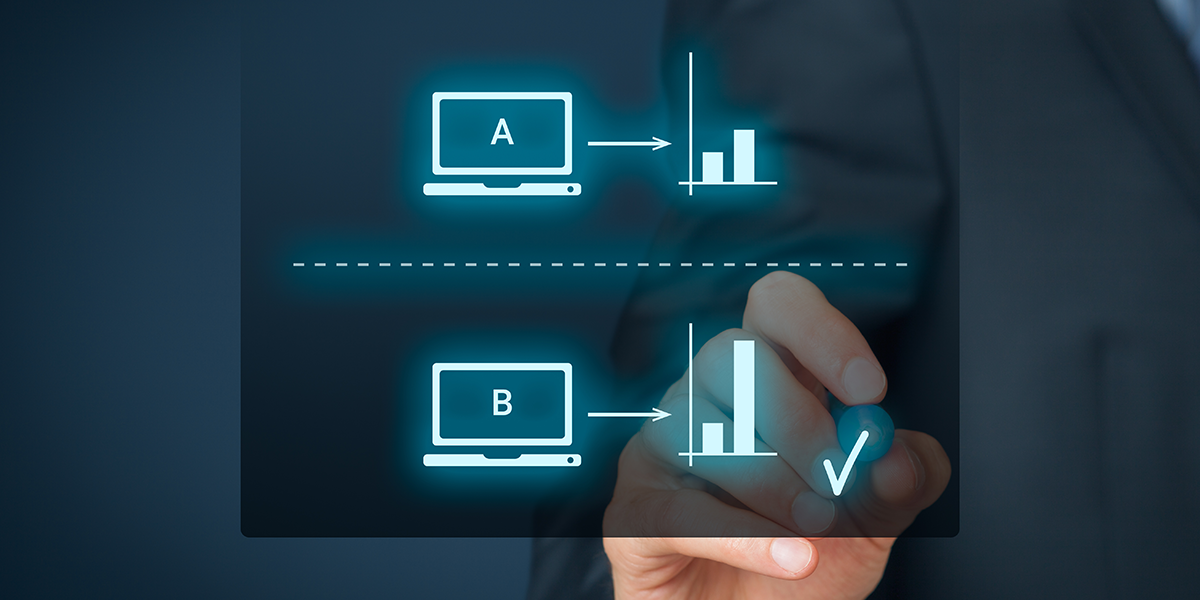Technology services trends – 2020 and beyond

Technology in the coming decade brings with it immense promises. From now on we will witness data-driven analysis, supported by technology, drive strategic decisions in boardrooms across the world. All industries, ranging from IT services, to e-commerce to even personal care will have an epiphany on the importance of data, lying dormant in their virtual storerooms. To optimally utilize these potent data reserves, organizations need the support of ‘smart’ IT services and platforms that help analyze the data to extract business insights and create shareholder value.
Going by the trend, the year 2020 is expected to see the following technologies gain momentum to create new business impacts:
1. Hyper-automation
Hyper-automation is the automation of technological processes and applications to the next level by replacing human requirements. It works on the principle of creating ‘digital twins’ of individuals that would perform tasks to the intelligence level of that entity. This would enable organizations to perform at much bigger scales and efficiency, have a much larger virtual workforce and result in higher accuracy of processes.
Hyper-automation would use various tools, such as robotic process automation and intelligent business management software, to perform business functions. Technology services providing firms will increasingly adopt hyper-automation to serve their customers better by providing better support in various functions. These include BPO, digital disaster management, software designing, and application maintenance among others.
2. Open-access/ democratization
In the interesting times of open access to almost everything on the Internet, technology services companies will increasingly be pushed towards making processes more accessible or ‘open-source’ in a programmer’s language.
The democratization of technology refers to granting everyone easy access to business and technical expertise without extensive or expensive training. This trend will largely be adopted by IT services providers to stay relevant in the market. This ‘citizen access’ trend is likely to focus on the following four key areas of technology outsourcing – data and analytics, application development, software design, and knowledge processing.
The trend of democratization would also augment human capabilities and give rise to more citizen data scientists, programmers and other forms of DIY technology evangelists. The open-access, supported by AI-driven code generation, would make almost every technology enthusiast into a software designer, capable of creating models without having the skills of a programmer or a data scientist.
3. Multi-experience
Technology touches our lives and experiences in many ways. From visualizing the impact of a business decision on a projector to reaching home using assisted navigation, many of our routine experiences are affected by technology applications. The year 2020 and the coming decade is expected to witness the conventional concept of technology-assistance evolve from a single point of interaction to include multi-sensory and multiple touchpoint and interfaces.
Technology applications like wearables to advanced sensors will find places in everyday tasks. This would drive technology services providers to create better interfaces for human reading and innovative ways of technology embedding into simple human tasks.
Technology providers will increasingly integrate augmented reality, virtual reality, mixed reality, and multichannel human-machine interfaces and sensory technologies to human experiences and business processes.
4. Distributed cloud
The coming decade is expected to witness the evolution of cloud computing from centralized public cloud services to distributed public clouds. The times ahead would see technology services providers offer distributed cloud services to their customers to increase security and decrease costs.
Distributed cloud works on the principle of distributing public cloud services to locations that are outside the cloud services provider’s physical premises and datacentres, while still retaining all control of data. In a distributed cloud environment, the service provider takes complete responsibility for all functions of cloud service such as architecture, delivery, operations, governance, and updates.
The key advantages of distributed cloud computing are the flexibility of datacentre locations to be anywhere in the world. Additionally, this addresses technical and regulatory concerns of latency and data sovereignty. Moreover, this is expected to offer the benefits of a public cloud service as well as that of a private cloud.
5. Practical applications of blockchain
Blockchain has been the buzz word in many technical journals and summits in the last few years. However, it is yet to gain momentum and large-scale commercial significance. This year and the coming decade is expected to see increasing use of enterprise blockchain, taking a practical approach towards implementation in business processes. Technology services providers will have to ramp up their services to support this new implementation of blockchain in commercial processes in the next decade.
To conclude, the future is here. The divide between humans and machines will significantly narrow in this decade, thereby allowing humans to focus their efforts on tasks they know best and leave the rest to be emulated by technology.
Read more: Cleantech market in India: Growth drivers, challenges, and key trends
For a detailed analysis of the technology trends impacting your industry, and how you can strategically leverage them to your benefit, contact info@netscribes.com.






